My great grandmother Eliza Mary Laird was born c.1815 in Northern Ireland. When Eliza and her husband Andrew Kerr came to Australia as Bounty Migrants in 1841 Eliza is listed on the shipping records as born in Donegal, daughter of James and Sarah Laird. However she may be connected to James Laird (c.1767-1852) of Bogstown Farm, Shantallow where Co. Donegal borders Co. Derry. This James Laird had married Beth Boggs (c.1784- 1859) at St. Columb’s Cathedral, Londonderry, on 9 March 1807.
James Laird of Bogstown had a brother John and John Laird was character referee for Eliza and Andrew when they applied for Bounty migration. Bogstown was an 18th century farmhouse and farm buildings with a row of labourer’s cottages within a stone courtyard and situated in the townland of Shantallow bordering on Co. Donegal.
The farmhouse had been the residence of several generations of a family of Scots plantation settlers called Boggs. When Eliza was aged about 17 she married Andrew Kerr (c.1801 -1865) who came from a well-established Londonderry family of shoemakers. Andrew was the son of shoemaker Robert Kerr (c.1775-1864) who had married Jane Walsh (c. 1779-1835). Robert’s parents were Andrew Kerr (shoemaker) and Margaret Campbell.
The Kerr family had originated in Ayr, Scotland and like the Lairds and Boggs were plantation settlers in Londonderry. Between 1608 and 1620 the English were concerned about Catholic Ireland and handed over Co. Derry to 12 London companies who encouraged Protestants to settle there and Derry became “Londonderry”. During the 17th and 18th centuries many Scots Protestants became plantation settlers in Londonderry. Derry is the Gaelic name for “oak wood “.
St. Columba established a monastery there in the 6th century and as if he knew of the troubles ahead – the great siege of Londonderry and the confrontations between Catholics and Protestants – he wrote this prayer-
“Derry mine own small oak grove
Little cell, my home, my love
O! Thou Lord of lasting life
Woe to him who brings it strife.”
The Kerrs were successful Londonderry shoemakers. In 1824 they lived at 188 Bishop Street and in 1831 in Shipquay Street. Eliza and Andrew Kerr had 3 children born in Donegal – Jane, baptized 1 March 1833; James, baptized 4 October 1835; William, baptized 1 July1838. They lived at the Diamond in Londonderry but Eliza Mary may have gone home to her mother in Donegal for the births of her children. In the 1820’s and 1830’s the population of Londonderry was growing with large numbers of migrants coming into the city from its Donegal hinterland.
A great number found work quickly in the thriving port and in the construction boom which had arisen as the city expanded beyond its original walled enclosure. Many of the city’s major public buildings, such as the courthouse, the asylum, Foyle College and the Great James Street (the “Scotch”) Presbyterian Church were built about this time but the economy of the city was declining because no new major industries had been developed and the established glass-making and sugar-refining industries were collapsing.
In 1837 the Protestant newspaper “Londonderry Sentinel” carried advertisements telling of the opportunities in Australia and the Kerr families would have been lured by thought of obtaining land. They probably had dreams of establishing great estates like some of the Scots and Anglo Irish in Northern Ireland. After they had settled in Sydney the Kerr sisters bought 60 acres of land on the Parramatta River near Hunters Hill in Sydney. This was in 1859 and the area would have reminded them of Lough Foyle and it was where their father Robert Kerr lived in his old age and died in 1864. The land is worth a fortune now but the Kerr sisters had to sell when the family fell on hard times.
The Kerrs and Lairds were staunch Protestants, Orangemen, and may also have been disturbed by the Catholic encroachment into Londonderry. In 1795, 12 years after Robert’s birth, the Orange Order was founded. There was a famous fight at Diamond, a village near Loughstaff. At least 30 people were killed, and after the battle, the victorious Protestants met in the smoking ruins of a cottage and decided to form a new society. Their object was to defend their religion and hold their land against Catholic infiltration. Thus the Orange Order was founded, an event of great significance in the history of Ireland –
“Come all you loyal Orangemen and in full chorus join
Think on the deeds of William and his conquest of the Boyne
And gratefully commemorate that ever glorious day
That crowned the mighty hero King and ended Popish sway.”
In the 1830’s large numbers of Catholic migrants seeking work were coming into Derry from its Donegal hinterland but Londonderry’s economy was collapsing. On 12 May, 1839, the Kerr families applied to migrate as Bounty immigrants for free passage to N.S.W. under the “bounty scheme”.
This scheme lasted from 1835-1841 and a bounty was paid by colonists to recruiting agents to find suitable skilled labourers and tradespeople, and then ship them out to the new colony which urgently needed the working class people to do the manual labour in this new and untouched land. Bounties were also paid to the ship’s masters for the safe delivery of their passengers under the scheme.
The typical bounty was 19 pounds for an adult and 5 pounds for a child paid to the agent. The immigrants received household equipment, blankets, pots and pans.
Robert Kerr and his family embarked on Bounty ship “Crescent” which departed Dublin on 15 October, 1839 .Robert was a widower and these members of his family accompanied him on “Crescent” – his unmarried daughters Rebecca (c1815-1884), Elizabeth (c.1817 -1840), Mary (c.1820-1883) and his son John, a carpenter, (c.1821-c.1856). Also on ‘Crescent” was Robert’s married daughter, Margaret (c.1797-1883) her husband Anthony Doak, carpenter ( c.1797 -1857 ) and their 4 children. Robert Kerr, Margaret and Anthony Doak had falsified their ages, claiming to be younger than they actually were. Another Doak child was born in Sydney after their arrival.
In Londonderry, Margaret had a successful dressmaking business next to Anthony Doak’s carpentry shop. The Crescent had an uneventful trip and arrived in Sydney on 11 February 1840. Anthony Doak became a builder, Margaret Doak and her sisters set up a dressmaking and millinery shop in Phillip Street, Sydney (1844 Directory) and in subsequent Directories they were Dressmakers and Drapers and had moved to fashionable Pitt Street.
Eliza and Andrew Kerr left Londonderry for Greenock in Scotland where they boarded “New York Packet” for the voyage to Australia on 8 July, 1841. John Laird and Marcus Babbington of Londonderry had given them character references. The shawled women would have sung the Derry Lament-
“Farewell Faughan, farewell Keenaught
Farewell all for I must leave you
Farewell my hills, farewell my mountains
Farewell my plains, farewell my fountains.”
They had a terrible voyage for the “New York Packet” was a death ship. Provisions were inadequate and smallpox broke out, the ship’s surgeon became so ill he could not end the sick and when the New York Packet arrived in Sydney on 23 October 1841 the yellow flag was hoisted indicating a fever ship. Eliza Mary, her husband and children were lucky to survive as so many died during the voyage or in quarantine.
Fearsome as the voyage had been, worse was to follow in quarantine as an epidemic of typhus broke out and the treatments of the time, bleedings and emetics must have been terrible for the already weakened immigrants. The ship was quarantined for more than 6 weeks, the surgeon was charged with incompetence and as a result the Bounty system was abolished. The bounty was refused on Andrew and his family. Andrew had falsified his age, claimed he was a shepherd and was supposedly the guardian of a group of single women whose names he didn’t know.
Perhaps the shipping records with the Donegal connection were false because Andrew wanted to emphasise a farming connection. Andrew’s father Robert was working as a shoemaker in Sydney but finding it difficult to earn a living. On 3 October 1842 Robert Kerr wrote a letter to the Sydney Morning Herald about poor pay for shoemakers. However Andrew set up as a shoemaker and the family lived at various addresses in inner Sydney where 5 more children were born –Andrew Laird (1842-1863), Robert Laird (1845-1919), Eliza Mary (1847-1897), Rebecca (1849-1935), Joseph Laird (1851-1852).
Rebecca was my grandmother and Eliza Mary and husband Andrew Kerr were living in Bathurst Street when she was baptized at Scots Church on 5 August, 1849. Eliza Mary died on 28 June 1852 and was buried from Scots Church in Sydney.
Her baby Joseph Laird died soon after and then many of the others in the Kerr and Doak families began to succumb to consumption which was probably a legacy form the terrible sea voyage. The family was riddled with it, they dropped like flies. Eliza Mary’s children -Andrew, Jane, James, died from this disease and so did their aunt Elizabeth Kerr.
Margaret Doak’s children also succumbed and in 1859 the widowed Margaret Doak and her sister Rebecca Kerr borrowed 400 pounds to buy 60 acres of land at Hunter’s Hill on the northern shore of Sydney Harbour where the consumptives could breathe fresh air and be nursed. The Doaks and Kerrs became keen land speculators, helped by Margaret’s son Anthony who became a solicitor.
Eliza Mary’s motherless children were raised by their aunts, Margaret Doak and Rebecca Kerr, their father Andrew Kerr died on 6 May, 1865 and was buried from Scots Church. Margaret Doak lived in a house in Wynyard Square where Margaret’s daughter Mary Jane Beattie also lived. My father remembered staying there and playing cricket in Wynyard Park. My grandmother Rebecca had fond memories of her aunts and chose the name “Margaret” for my sister.
Eliza Mary’s eldest surviving son became the renowned colonial silversmith, William Kerr. He trained as a watchmaker and became a jeweler. He created silver and gold work of exquisite craftsmanship and breathtaking beauty. He broke away from English tradition and used emu eggs, opals and themes of Australian flora and fauna in his work.
The Powerhouse Museum and Town Hall in Sydney have collections of his work. Eliza Mary’s daughter Rebecca (known as “Minnie”) married my grandfather Charles Vandenbergh in 1874 and gave the name “Laird” to some of her children. Many of their cousins, the children of William Kerr who married Sarah Thornton in 1864, Robert Laird Kerr who married Martha Williams in 1868, and the young Eliza Mary who married Angus Stewart in 1869 have the name “Laird”.
Faraway from Northern Ireland where Eliza Mary Laird grew up, there are Kerr gravestones in Waverley Cemetery in Sydney bearing the name “Laird”. One of them is the gravestone of Walter Laird Kerr (1871-1953) son of William Kerr the silversmith. Walter and his brother William (1865-1954) managed the Kerr jewelery business and both were well known as time keepers for Sydney’s sporting events.
Walter Laird Kerr was a champion cyclist and was the first person to ride a bicycle over the Blue Mountains. His daughter, Nola Laid Kerr, married Marcel Dekyvere and became a great society lady and philanthropist. Nola inherited much of the family silver and there is a story that she had many of William Kerr’s artworks melted down for the war effort during the Second World War.

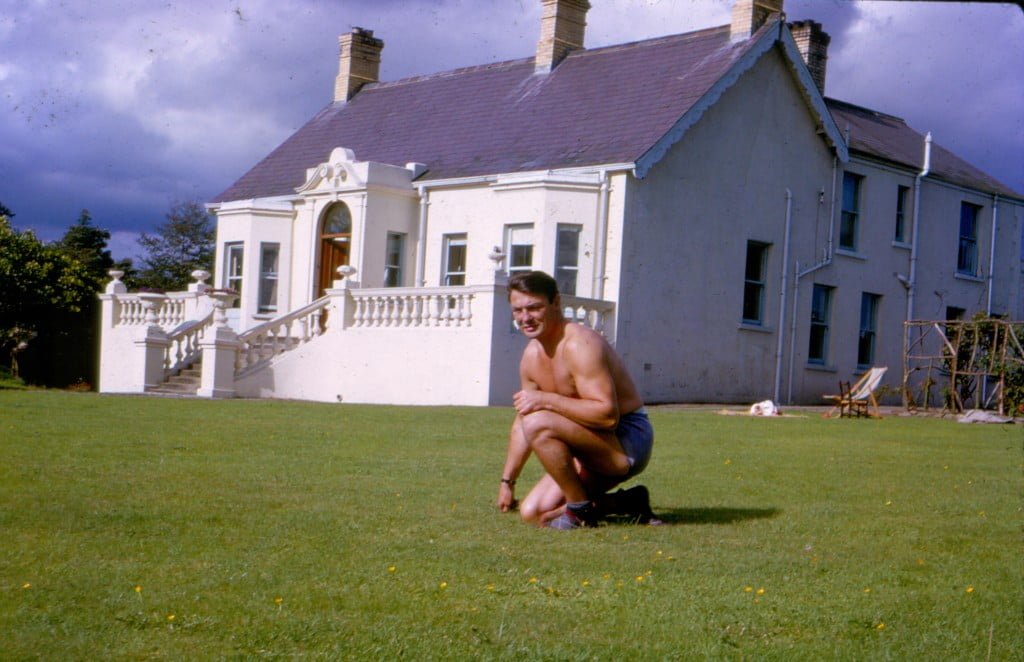
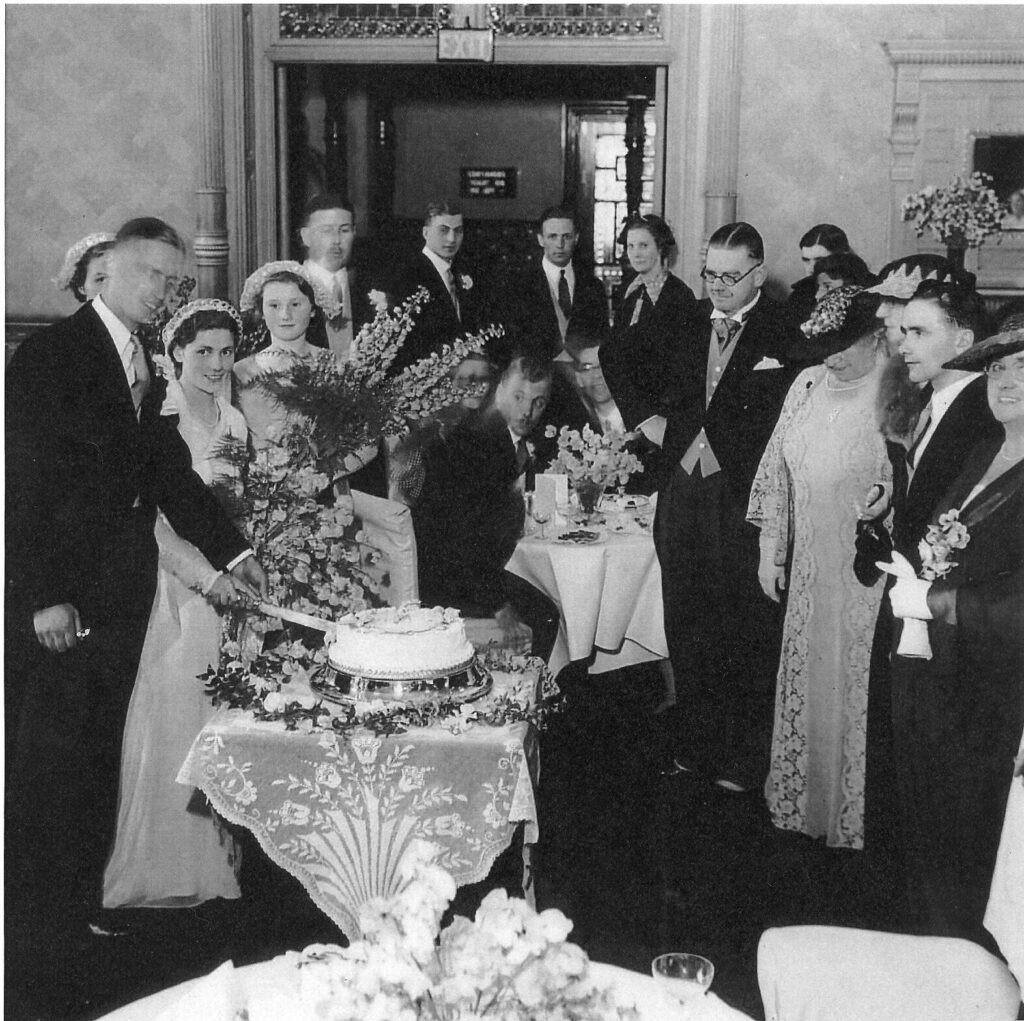




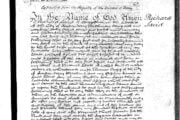
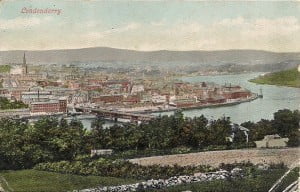

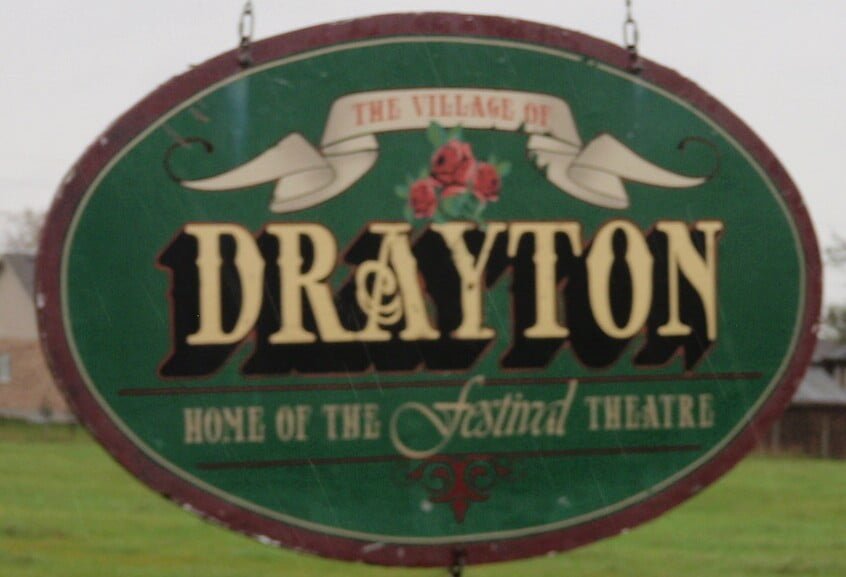

7 Comments
Belinda Green
I have had a wonderful morning, coming across this information unexpectedly, about Kerr's and Doak's.
Margaret Kerr and Anthony Doak had a daughter – Mary Jane – who married James Beattie and they were my great grandparents. Mary Jane and James only had one son – Ernest Herbert Beattie and he was my grandfather; their son – Herschel – was my father.
Will now make a cup of tea and sit down and read it all again.
Thank you – Belinda Green
Denis Laird
My grandfather,William Laird came from Belfast and married Kathleen who was on the same boat as him. They lived in Mitchelton, Brisbane and had many sons and one daughter, Alice. The boys were Thomas, Edward,Andrew(my father) William, Carson, Robert. I can remember another relative named Billy Kerr. Can anyone shed some light on this side of the Lairds please.
james kerr
bill kerr was my father his mother annie laird/kerr lived in the next st house is still there i live on family home with my brother kevin
Stuart Laird
Greetings from Calgary Canada,
I am wondering if you have any information about the Laird history prior to the arrival in Northern Ireland. My family originally came from Kilmacolm, Renfrewshire, Scotland
thanks
stu.
Trisha Kelly
I am greatly interested in your comment that Andrew Kerr (shoemaker) and Margaret Campbell originated from Ayr, Scotland. My 3rd great grandparents Francis Crow/e and Isobel Kerr had 2 sons (George in 1811 and Christopher in 1814) while living in Ayr, Scotland, however family lore suggests Francis came from Ireland. A recent Y-67 DNA test resulted in 3 close matches all stating that their furthest male ancestor William Crow/e originated from Ireland, so this lore appears to have some credability. Francis was a tanner (according to the CofS baptismal records), and in fact was a shoemaker in later life. Isobel died about 1820. Francis remarried and they, with his son Christopher, immigrated to Cape Breton in Canada. I have been trying unsuccessfully to find the Kerr roots and have not been able to locate a record of marriage for Francis and Isobel in the Scotch records. Francis was born in 1778 and I presume Isobel was his contemporary. Judy, do you have any further information on your Ayr, Scotland Kerrs that may suggest a connection? Thank you.
Mark McGinness
I am writing an article on Nola Dekyvere, the only daughter of the champion cyclist, Walter Laird Kerr. Judy Green’s most intersting piece says that he was the first person to cycle over the Blue Mountains. I am trying to find confirmation of this record.
Leisa
Hello,
Thank you for this fascinating article. Eliza Mary Laird and Andrew Kerr, were my three x great grandparents on my father’s side of the family. I was wondering if you may have any further information about their families before them? That is, Andrew and Eliza’s parents, grandparents and so on? I have hit a bit of a wall in researching them, particularly Andrew, and am at a point where I could go off in a few different directions, perhaps falsely. I would appreciate any information.
Kind regards,
Leisa